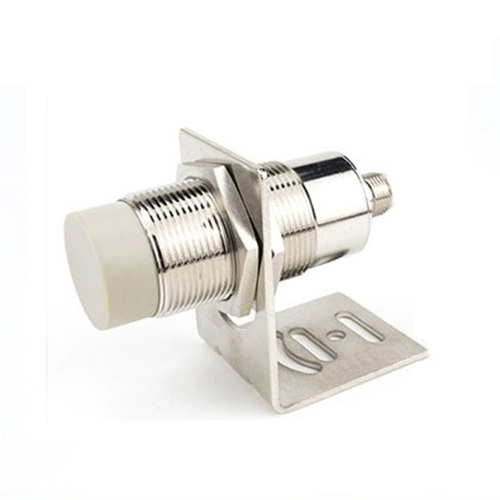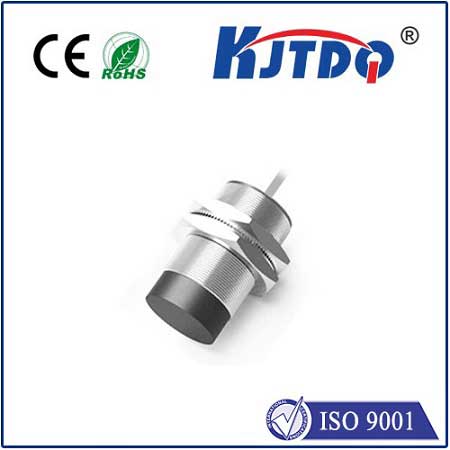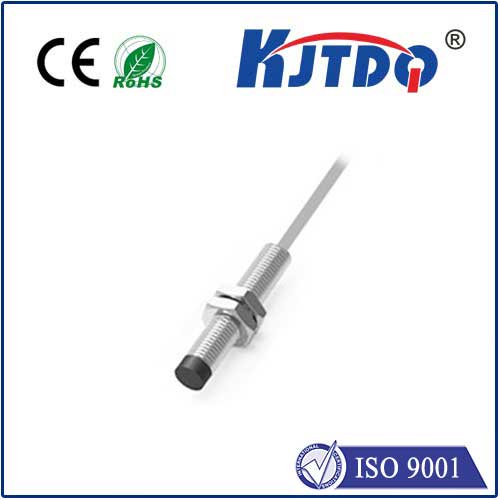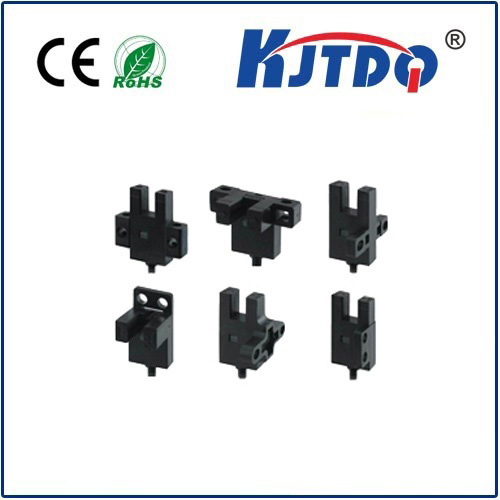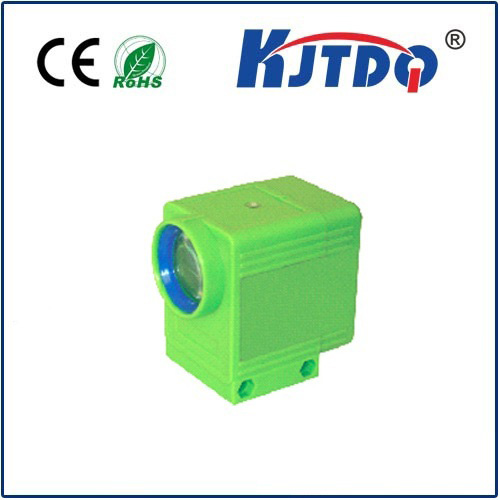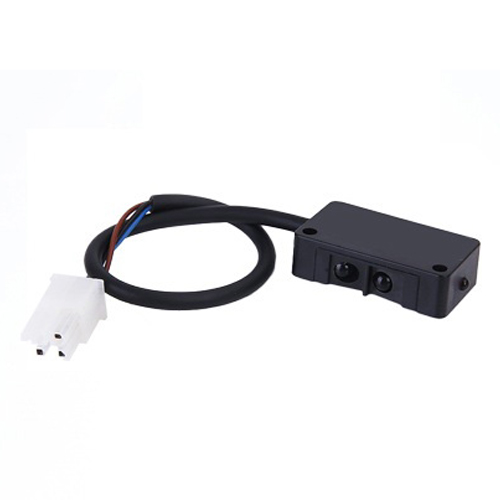

check

check

check

check
We step in and out countless times a day, rarely giving a second thought to the complex ballet of engineering ensuring our elevator door closes safely, preventing accidents, and landing perfectly level. Yet, hidden within this everyday marvel is a critical, unsung hero: the photoelectric sensor. This ingenious device, often unnoticed, forms an invisible shield of safety and precision, fundamentally transforming elevator operation and passenger security.
The Invisible Shield: Preventing Door Accidents
Imagine the potential disaster: elevator doors closing on a person, a pet, a suitcase, or even a child’s hand. Before photoelectric sensors became standard, this was a genuine risk. Modern elevator safety systems lean heavily on these sensors as a primary safeguard against such terrifying scenarios.
How Does This Magic Work? At its core, a photoelectric sensor operates on a beautifully simple yet highly reliable principle. It consists of two key components typically mounted on opposite sides of the elevator door frame:
The logic is brilliantly straightforward: As long as the receiver detects the beam, the pathway is clear. The instant an object – a person, bag, or anything else – interrupts this beam, the receiver loses signal. This interruption triggers an immediate and critical safety command sent directly to the elevator’s control system: Stop door closing! Reopen the doors!

This creates an invisible safety curtain across the door opening. It’s vastly superior and faster reacting than older, purely mechanical safety edges (which require physical contact to trigger). Photoelectric sensors provide non-contact obstruction detection, stopping doors before they even touch the obstacle, significantly enhancing passenger safety and comfort.
Beyond the Door: Precision Positioning Inside the Hoistway
While door safety is their most visible role, photoelectric sensors play another vital part often unseen by passengers: precise elevator car positioning within the hoistway.
Why Photoelectric Sensors Rule Elevator Applications
The widespread adoption of photoelectric sensors in elevators isn’t accidental. They offer compelling advantages:
Maintenance and Considerations for Peak Performance
While incredibly reliable, ensuring photoelectric sensors perform optimally requires attention:
The Quiet Sentinel of Vertical Transport
Next time you step into an elevator, glance at the door frame. You might spot the small, discreet windows housing the emitter and receiver. Though unassuming, these components are fundamental to the safety and precision we take for granted. They work silently, tirelessly creating an invisible barrier that protects us and ensuring the car glides to a perfect stop. The photoelectric sensor is more than just a component; it’s a cornerstone technology that has revolutionized elevator safety and operational accuracy, making our vertical journeys smoother and infinitely safer. From the critical moment the doors begin to close to the precise alignment stopping on a floor, this reliable optical technology continues to elevate the standards of modern vertical transportation.
